|
Today, November 11, is Veterans Day in the USA, a date set aside each year to honor everyone who served in the United States military.
Memorial programs and parades occur throughout the country in a formal effort to show the nations's daily appreciation and gratitude for the service of the citizens who stepped forward during war and peace. Individuals who never served in the armed forces greet the veterans they see with a warm "Thank you for your service." Veterans turn to fellow veterans and say, "Thank you for your service." Everyday is a good day to express one's appreciation to a veteran, but Veterans Day adds the contagious energy of an entire population celebrating together. My generation is one where just about every kid's dad and uncles served in World War II or Korea. I never met any of the women who served in those wars until I enlisted in the Women's Army Corps during the Vietnam War. Based on what I've learned since then, I might have met some female veterans during my childhood and adolescence without realizing it because women are often less likely to point out their military service. I like to think that is changing.
0 Comments
I was twelve years old when I first visited the Philbrook Museum of Art in Tulsa, Oklahoma. The Italian-Renaissance style mansion (the first mansion I had ever entered) and gardens impressed me then and continue to do so each time I return. Oil tycoon Waite Phillips (1883-1964) and his wife Genevieve built Villa Philbrook on 25 acres in 1927. In 1938 they donated their Tulsa residence to the Tulsa community to: create a cultural institution for housing, preserving, and displaying therein works of art, literature, relics and curios, including those representative of the native North American Peoples." --Waite and Genevieve Phillips The Phillips would be pleased with the hard work that has taken place over generations to establish and enhance that vision.
What are three reasons to visit The Philbrook Museum of Art? #1. The Art.
#2. The Gardens. Updated: April 3, 2024 "There's a duck in the front yard," my husband said. We'd had the rainiest May ever recorded in Kansas, but a duck on the lawn? I went to the window and squinted. It was too early for eyeglasses. "Over there, Lynne. By the tree." "It's a mallard," I said. "What's he doing here?" My husband grinned. "Looking for girls." Whatever the duck's agenda that morning, the spring rains once again helped our ornamental trees explode with color and our Itoh peonies produce the loveliest blossoms yet. Since we dodged the extreme flooding suffered by parts of Kansas this year, we were especially grateful for the colors in our garden. We enjoyed them so much that I thought you'd like to see a few snapshots from 2018 and 2019. Memorial Day is Monday, May 27, this year in the United States. The three-day weekend marks the beginning of summer for most Americans (ahead of the June 21 summer solstice), a day off from work and, weather permitting, outdoor activities in glorious sunshine. But the most important thing Americans do on Memorial Day is honor service members who gave their lives serving in the nation’s wars or who died as a result of their combat injuries. Somber memorial services at cemeteries across the country are often punctuated by gun salutes and aircraft flyovers. Local officials give speeches and the media snap images for news outlets. An active-duty service member might be invited to share accounts of soldiers, sailors, marines, or airmen who gave their lives for their country. Sitting in the bleachers at one of these memorial tributes is a humbling reminder of the debt we owe to those who have gone before us. Hampton Sides’ nonfiction book, On Desperate Ground: The Marines at the Reservoir, the Korean War’s Greatest Battle, is another excellent reminder. His thorough and riveting account of the epic battle high in the mountains in the dead of winter at the Chosin Reservoir reads like a novel—a story you don’t want to put down, a story you wish were fiction rather than harsh truth. Advertising is a perennial repository of culture. Consider the advertisements used by the U.S. Army to recruit women during World War II. You’ll find a wealth of hints regarding not only the culture of the Army, but also the American public. As you look at the ads I’ve selected, ask yourself, “Who’s in the ad? Who’s left out? Are they depicted in an accurate or idealized fashion? Why or why not?”
Updated; April 3, 2024 Remembrance Day in the United Kingdom and Veterans Day in the USA will coincide this year on 11 November (2018). The eleventh hour of the eleventh month of 2018 will mark the 100th year since the fighting stopped in what came to be known as World War I (August 1914 – November 1918).
It's a good time to read up on World War I from the British experience. Two novels and an autobiography that I thoroughly enjoyed are among my top choices. All three books:
In short, the books hit the mark in describing the difficulties of the Great War for the British who suffered through it. Two are hefty in length: the autobiography, Testament of Youth, runs about 600 pages; Parade’s End (really four novels) comes in close to 900 pages. The short novel, The Return of the Soldier, is not quite 100 pages. Nine Movies? Plus One.
(updated 5/13/2019; 11/10/2022; 2/17/2023; 7/4/2023) Memorial Day is in May in the U.S., and that makes this month a good time to catch up on military movies. Since my novel, Women’s Company – The Minerva Girls, is about three young women in the Women’s Army Corps (WAC) in the late 1960s and early 1970s, I’ll focus on ten movies that feature women in the WAC. Many of the selected films not only cast well-known actors of the period, but also stars such as Tony Curtis, Cary Grant, William Holden, Janet Leigh, Rosalind Russell, Ann Sheridan, Lana Turner, and Richard Widmark. Most of the stories share an underlying theme: how Army service changes a person. Not until July 1, 1943, when President Franklin Roosevelt signed a compromise bill passed by the U.S. Congress to establish the Women’s Army Corps (WAC) giving women full military status.
Minerva is the ancient Roman equivalent of the Greek goddess Pallas Athene, the goddess of wisdom, warfare, and handicrafts. Unlike the god of warfare, Mars, she had nothing to do with bloodlust and brute animal strength. When Minerva showed up on the battlefield, victory came through courage, sound strategy, and military skill. After the fighting was over, she led through victory to peace and prosperity. Not surprisingly, the WAC chose her--in her Greek form as Pallas Athene--to be their insignia, and I chose her to be in the title of my novel Women's Company - The Minerva Girls. What's So Important About Insignia? The armed forces take insignia quite seriously. The creation of insignia for the WAC initially stumped designers. Why? Because insignia usually depict the function of the corps concerned and, when The Women's Army (and at that time Auxiliary) Corps was created in 1942, no one knew exactly what work the women would do. According to historian Mattie Treadwell, an early draft for the insignia tried to resemble a busy-bee-like insect. In the eyes of the WAAC director, however, it looked like a bug, and she "had no desire to be called the Queen Bee." When designers came up with Pallas Athene--a goddess associated with "a variety of womanly virtues and no vices either womanly or godlike"--she won hands down. 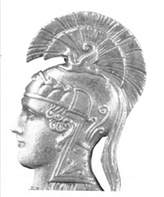 What Does the Insignia Look Like? A profile of the head of the Greek goddess, Pallas Athene, was selected for the WAC's lapel insignia, together with the traditional U.S. cut out for officers, and on discs for enlisted women. |
AuthorLynne Schall is the author of three novels: Women's Company - The Minerva Girls (2016), Cloud County Persuasion (2018), and Cloud County Harvest (November 2022). She and her family live in Kansas, USA, where she is writing her fourth novel, Book 3 in the Cloud County trilogy. Archives
October 2023
|
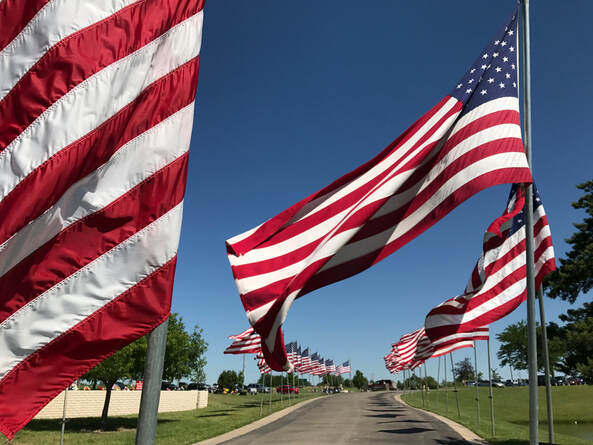
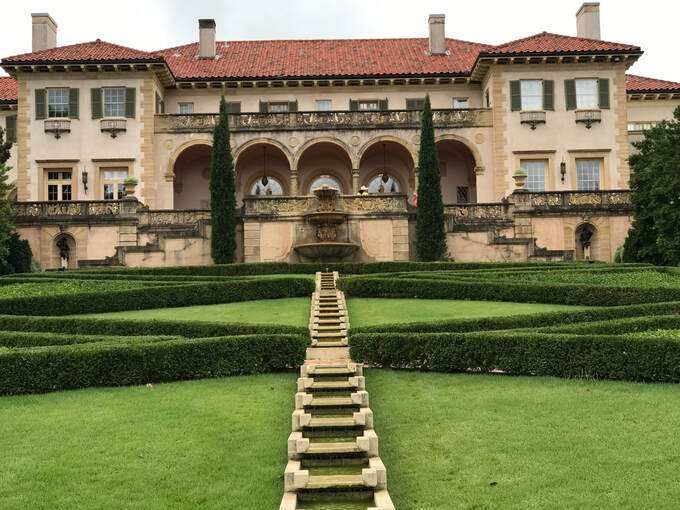

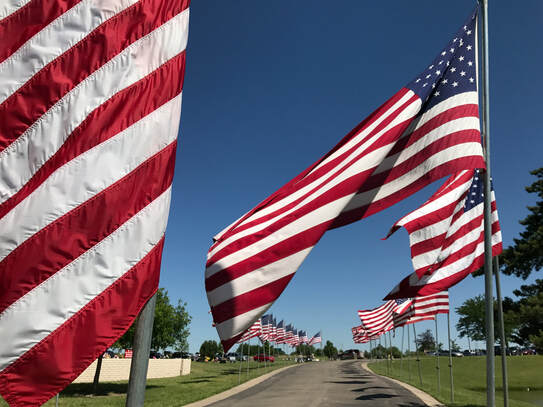
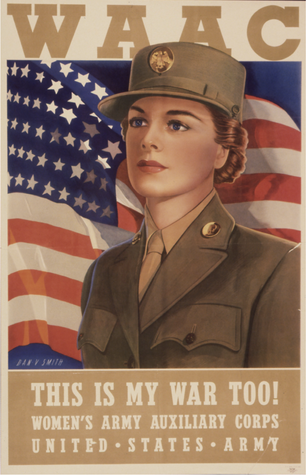

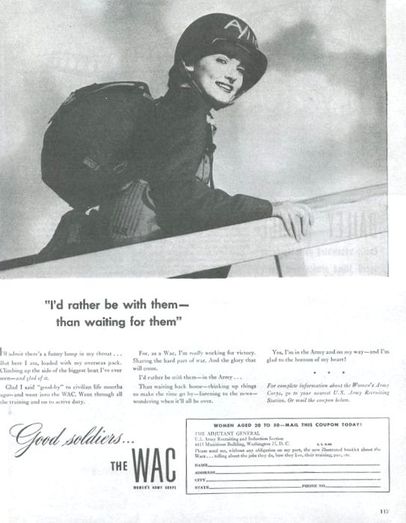

 RSS Feed
RSS Feed

